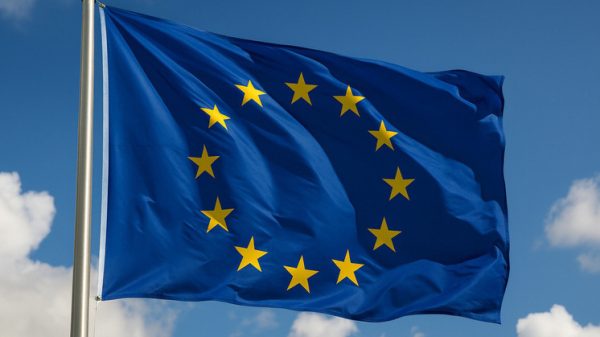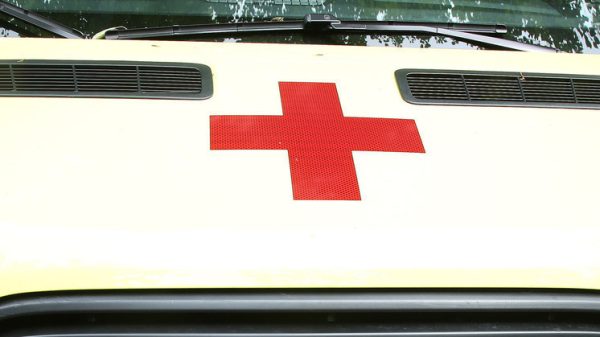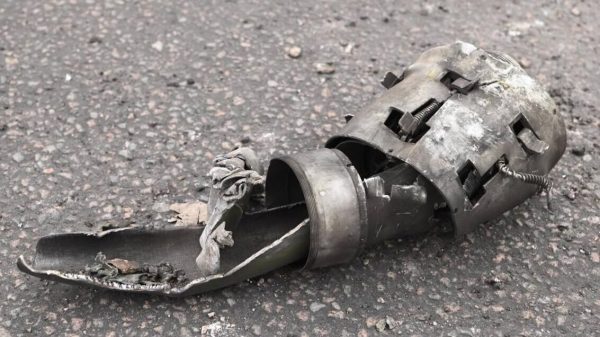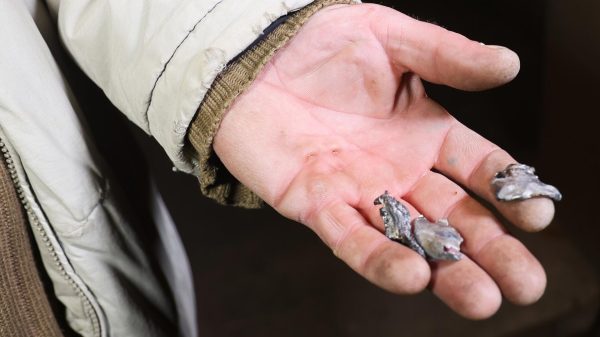Just how bad has the second wave become compared with the first?
The UK is seeing record numbers of people testing positive for coronavirus, with more than 60,000 positive tests reported on three days this week.
But mass testing was not available during the first wave, and even now testing is aimed at those with symptoms so does not capture all cases. Similarly, population surveys such as that from the Office for National Statistics only began in late spring. However, the latest ONS data shows about one in 50 people in the community in England had coronavirus in the most recent week: an alarmingly high figure.
UK coronavirus live: ‘major incident’ declared in London as cases surge; Moderna Covid vaccine approved
Read more
The situation in hospitals is perhaps easier to compare against the first wave, and the picture is bleak: both daily hospital admissions and the number of people in hospital with Covid have exceeded figures from the first wave, with more than 30,000 Covid patients now being treated in hospital compared with a peak of 21,684 in April.
NHS workers have reiterated that the situation is worse today, with a growing number of hospitals cancelling even urgent operations and fears there could be a shortfall of more than 5,000 beds by 19 January.
Daily reported deaths from Covid within 28 days of a positive test have not yet exceeded those of the first wave, in part because of the introduction of medications such as dexamethasone, although deaths also lag infections and hospitalisations. But the death toll is climbing steeply, with a total of more than 100,000 deaths likely to be reached by the end of the month.
Is this because of the new variant? Or did Christmas mixing play a role?
The UK variant is certainly a big factor: experts say it is between 50% and 70% more transmissible than older variants.
“Given that the old variants declined over Christmas in all regions while the new variants rose, I think the new variant explains most of the increases seen. But it is very hard to definitively unpick the causes of increases in case numbers,” Prof Neil Ferguson told the Guardian.
The time lag between infection and hospitalisation means Christmas mixing might be starting to be seen in other data: Prof Christina Pagel, a member of Independent Sage, said regions that were allowed to mix over Christmas – the north-west, north-east, Midlands and south-west – have experienced quite steep increases in admissions over the last few days.
But, she said: “You can’t say for sure that it’s Christmas or the new strain, except of course that both together will compound the impact.”






















































Свежие комментарии